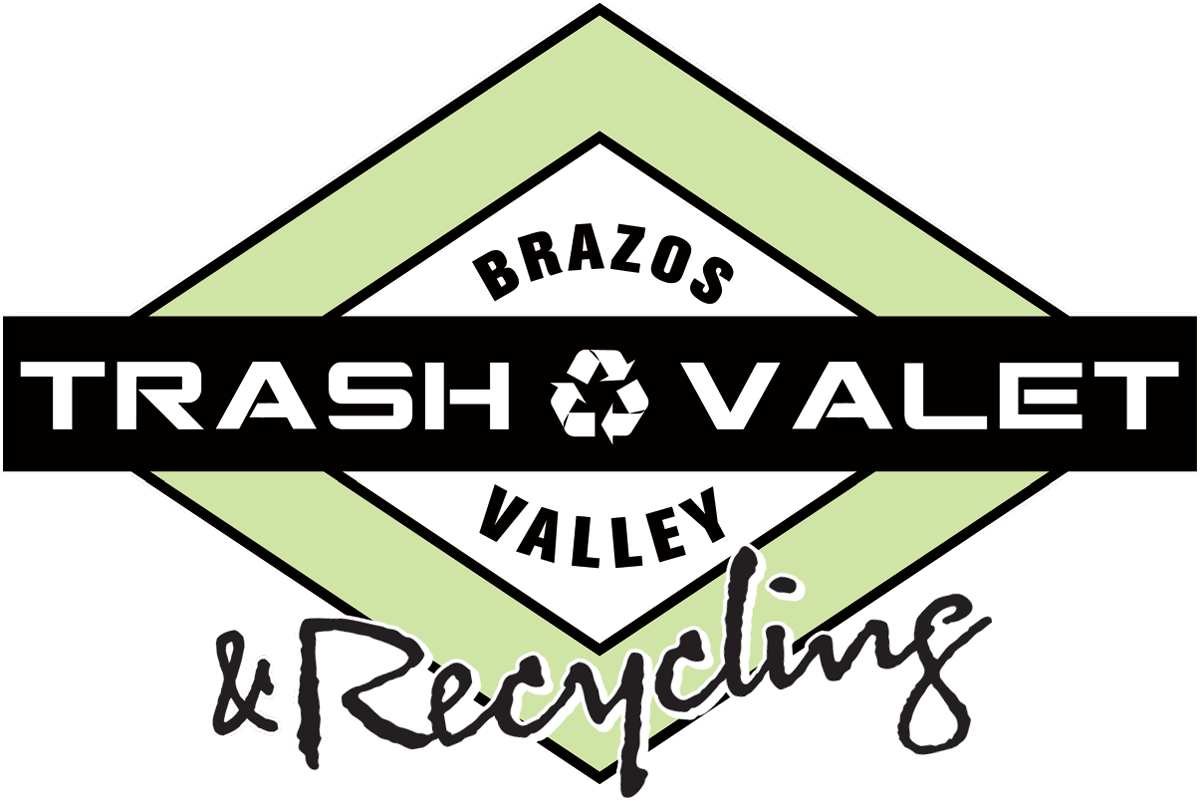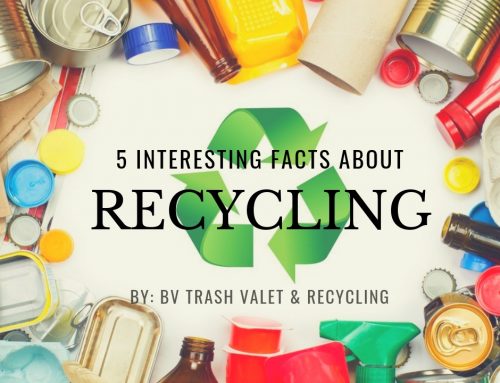Different Types of Green Energy
If the human race is to survive, we’re eventually going to have to switch over to completely renewable energy. At the moment, most of our energy comes from natural gases, coal and oil based energy sources. These energy sources are both dirty and unsustainable.
What other alternatives do we have? These are the five main different types of green energy.
Hydropower
 Hydropower is currently the largest producer of green energy, accounting for over 70% of our renewable energy production.
Hydropower is currently the largest producer of green energy, accounting for over 70% of our renewable energy production.
The way it works is that special installations are placed underwater, where strong currents of water will push through a mechanical instrument known as a penstock.
This “push” is then converted into electricity and fed into the energy grid.
Solar PV
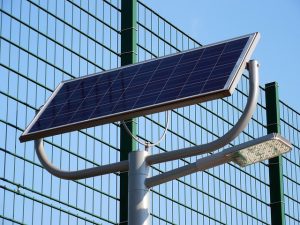 Solar energy is another common type of green energy. There are two main types of solar power: solar power for homes and solar power plants.
Solar energy is another common type of green energy. There are two main types of solar power: solar power for homes and solar power plants.
Though solar PV has gotten a lot of press in recent years, there are a lot of problems still.
First of all, though the production of energy is more green than oil, the process of creating the materials solar PV is made of is quite toxic.
Also, to make your money back from the savings of a solar panel may take as long as ten to twenty years.
Wind Power
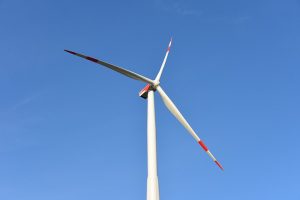 Wind energy is a stellar renewable source of power. The key to wind power is to place these energy generators in high altitude, high wind velocity locations.
Wind energy is a stellar renewable source of power. The key to wind power is to place these energy generators in high altitude, high wind velocity locations.
The return on wind power is quite substantial. The only downside is that aesthetically they block the view from just about any angle because of their size.
That said, wind power is more cost-efficient than solar and easier to construct than hydropower.
Geothermal
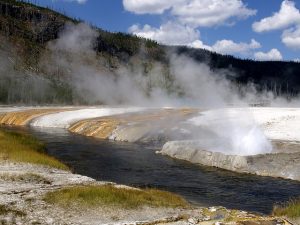 Geothermal energy isn’t applicable everywhere, but when it is the amount of energy generated can be very substantial.
Geothermal energy isn’t applicable everywhere, but when it is the amount of energy generated can be very substantial.
Geothermal works by tapping into the earth’s intrinsic heat. It turns that heat energy into power and uses that as electricity.
In order to use geothermal, a high-heat underground spot must be identified.
Biomass
Biomass is primarily the conversion of manufacturing by-products into electricity.
These by-products can include wood chips and fragments, leftover sugar, animal manure and anything else that’s burnable.
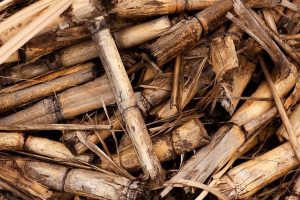 Biomass can also include materials produced specifically for the production of energy (e.g. corn ethanol).
Biomass can also include materials produced specifically for the production of energy (e.g. corn ethanol).
The biomass is burned and the heat energy is turned into electricity. Biomass is a great way of disposing of products that might otherwise become waste; but is unlikely to become a primary producer of our world’s energy needs.
These are our primary sources of renewable energy. Of course, there are many other fringe sources of energy that are being researched all the time.
However, in order for a renewable energy to truly make sense, it needs to be both scalable and financially sustainable for investors. For the time being, the five listed above are the main sources of renewable energy.
Images by: Pixabay
Share This Story, Choose Your Platform!
Different Types of Green Energy
If the human race is to survive, we’re eventually going to have to switch over to completely renewable energy. At the moment, most of our energy comes from natural gases, coal and oil based energy sources. These energy sources are both dirty and unsustainable.
What other alternatives do we have? These are the five main different types of green energy.
Hydropower
 Hydropower is currently the largest producer of green energy, accounting for over 70% of our renewable energy production.
Hydropower is currently the largest producer of green energy, accounting for over 70% of our renewable energy production.
The way it works is that special installations are placed underwater, where strong currents of water will push through a mechanical instrument known as a penstock.
This “push” is then converted into electricity and fed into the energy grid.
Solar PV
 Solar energy is another common type of green energy. There are two main types of solar power: solar power for homes and solar power plants.
Solar energy is another common type of green energy. There are two main types of solar power: solar power for homes and solar power plants.
Though solar PV has gotten a lot of press in recent years, there are a lot of problems still.
First of all, though the production of energy is more green than oil, the process of creating the materials solar PV is made of is quite toxic.
Also, to make your money back from the savings of a solar panel may take as long as ten to twenty years.
Wind Power
 Wind energy is a stellar renewable source of power. The key to wind power is to place these energy generators in high altitude, high wind velocity locations.
Wind energy is a stellar renewable source of power. The key to wind power is to place these energy generators in high altitude, high wind velocity locations.
The return on wind power is quite substantial. The only downside is that aesthetically they block the view from just about any angle because of their size.
That said, wind power is more cost-efficient than solar and easier to construct than hydropower.
Geothermal
 Geothermal energy isn’t applicable everywhere, but when it is the amount of energy generated can be very substantial.
Geothermal energy isn’t applicable everywhere, but when it is the amount of energy generated can be very substantial.
Geothermal works by tapping into the earth’s intrinsic heat. It turns that heat energy into power and uses that as electricity.
In order to use geothermal, a high-heat underground spot must be identified.
Biomass
Biomass is primarily the conversion of manufacturing by-products into electricity.
These by-products can include wood chips and fragments, leftover sugar, animal manure and anything else that’s burnable.
 Biomass can also include materials produced specifically for the production of energy (e.g. corn ethanol).
Biomass can also include materials produced specifically for the production of energy (e.g. corn ethanol).
The biomass is burned and the heat energy is turned into electricity. Biomass is a great way of disposing of products that might otherwise become waste; but is unlikely to become a primary producer of our world’s energy needs.
These are our primary sources of renewable energy. Of course, there are many other fringe sources of energy that are being researched all the time.
However, in order for a renewable energy to truly make sense, it needs to be both scalable and financially sustainable for investors. For the time being, the five listed above are the main sources of renewable energy.
Images by: Pixabay
